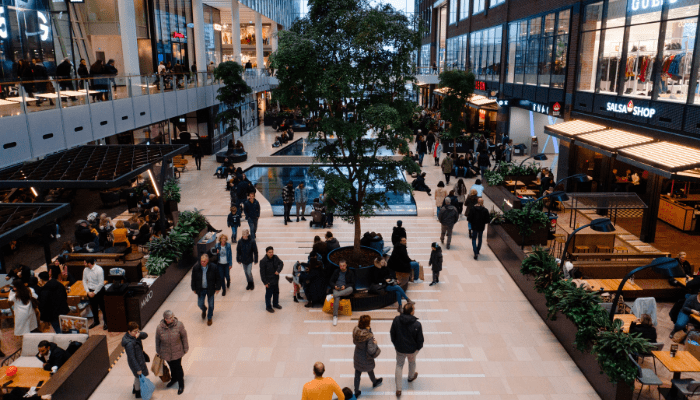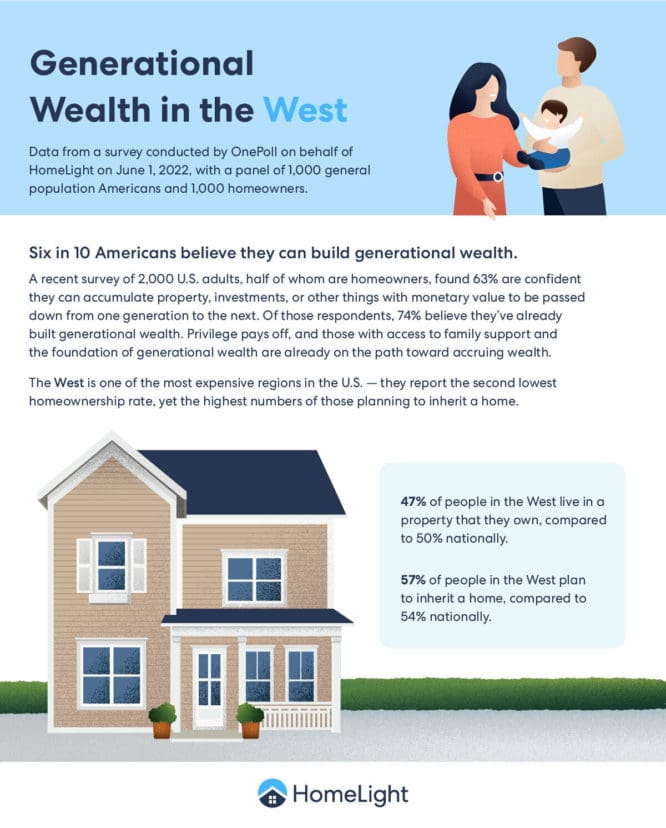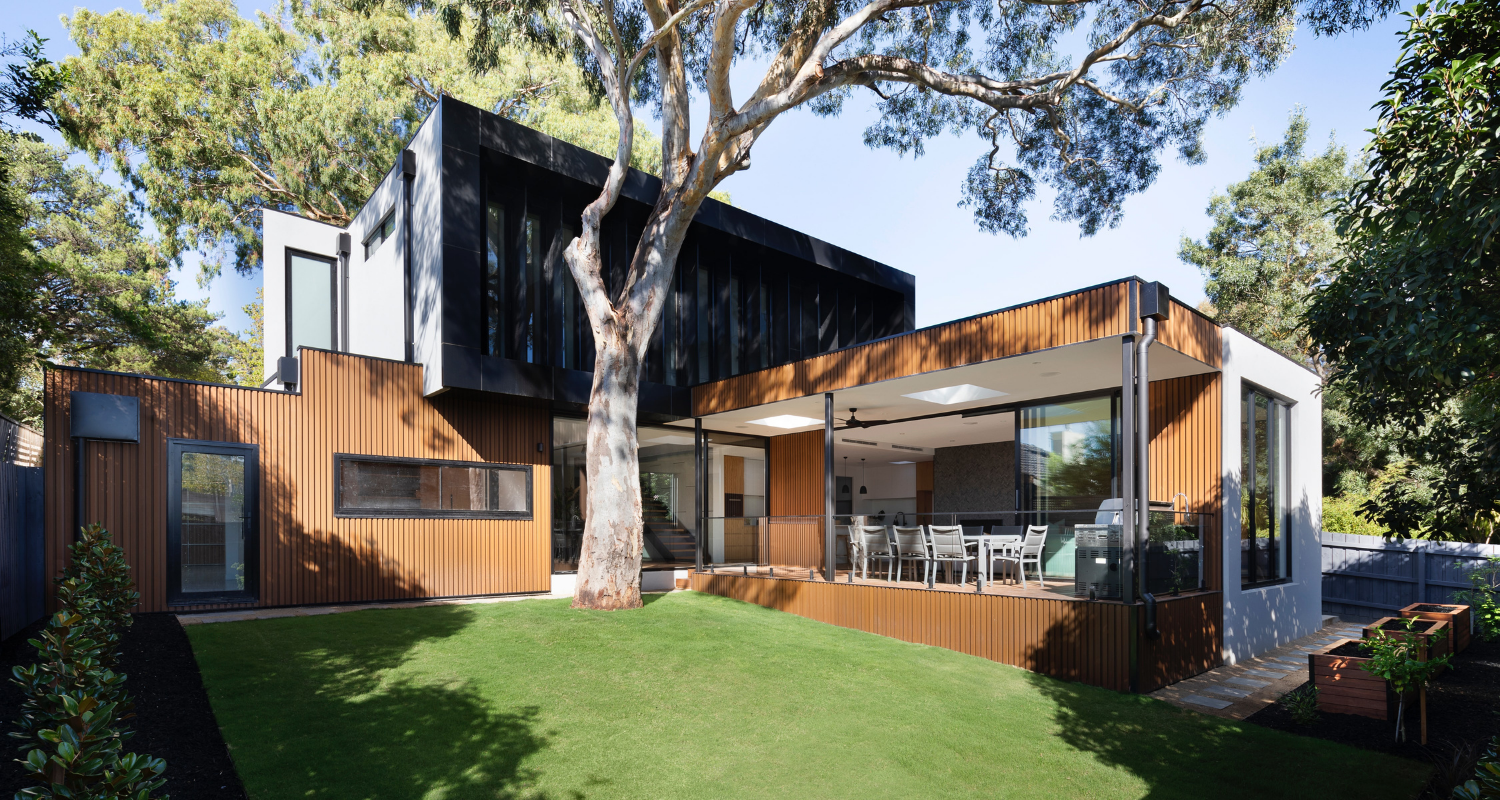If you own a home or are considering buying or selling a home, you may be wondering what makes property value increase. Bloomberg claims that the recent increase in property values across the U.S. can be attributed to supply and demand. And rightly so, but many more factors cause market values to climb and ultimately determine how much profit can be made on a sale.
An increase in property value is called appreciation. Appreciation stems from a collage of factors influencing one another and ultimately coalescing to drive values up.
In this article, we discuss the factors that cause property values to increase over time and how to obtain a home value estimate. These include:
- Location
- Supply and Demand
- Real Estate Comps
- Size and Usable Space of Your Home
- Age and Condition of Your Home
- Upgrades and Updates — > Before you remodel – Check out the return values of your remodel in the 2022 Remodel Impact Report!
- Zoning Regulations
- Interest Rates
- A Healthy Economy
- Politics
- Disasters
- Generational Shifts

Source: (CHUTTERSNAP / Unsplash)
1. Location, Location, Location
You’ve heard that location is the biggest factor in home value. But what does this mean?
A home doesn’t actually appreciate in value. In fact, the physical characteristics of a home tend to depreciate as they age. It’s the property itself that appreciates. This is why location is key. And there are a number of things that impact whether the location is helping or hurting property values.
Community improvement. Historically, homes in urban locations with close proximity to employers, restaurants, shopping, and recreation hold high value. Community and neighborhood improvements such as the development of restaurants, parks, or mass transit can positively affect home value.
Community improvements that include the development of nature trails also boost home values. Research by the University of Washington suggests that homes adjacent to naturalistic parks and open spaces hold a 8% – 20% higher value than comparable properties, with the value boost declining to near zero for homes located a half mile away.
For example, Gilbert Arizona’s $425 million Capital Improvement Plan has resulted in a phenomenal increase in home values with the development of streets, parks, and water infrastructure, which brought several new restaurants, shops, and other businesses to the area. While some of this increase can be attributed to the current housing shortage, Gilbert is making headlines in Arizona as the place to live. About 30 miles from Phoenix, the little township is a booming metropolis and recently ranked #5 in the nation’s housing market.
Demand for rural homes. While home values historically grow faster in urban locations, there has been a recent upswing in rural home values. The rise in remote work and education options has stimulated home values in rural communities, as homebuyers are looking for more space to work, relax and play.
We’re seeing a big trend in people moving out of the city to locations that are an hour or more away. They’re looking for a little space, a yard for the kids to play in, and more of a community feel. That’s brought the demand and property values up for homes outside of the city in a way we’ve not seen before. Prices outside the city are rising much faster right now than within the city. The pandemic changed the dynamic of “Live Where You Work” to “Work Where You Live” with more and more virtual employment.
Decrease in crime rates. Additionally, homes in neighborhoods that have low crime rates tend to have higher values. As the crime rate in a neighborhood or community drops, home values rise. According to Forbes, because youth are most at risk for risky behavior, an aging neighborhood demographic can be attributed to a decrease in crime.
Improved school performance. Data from the National Association of Realtors reveals that 26% of recent homebuyers were influenced by the quality of their school district when selecting a neighborhood. Among buyers ages 30 to 39, that percentage jumps to 46%, followed by a 36% increase in buyers ages 22 to 29.
When a school district performs well — as deemed by grades given by the state and ratings by greatschools.org — buyer demand rises in neighborhoods nestled in that district’s zone, driving property values up.
Occasionally, the state or responsible body will redraw school zones, shifting communities to new schools or redistributing them among existing schools. Homes reassigned to higher performing schools may experience a boost in property value as the neighborhood becomes more desirable to buyers.
Homeowners Associations. Statistics show that properties that are regulated by homeowners associations (HOAs) have 5-6% higher property values than similar non-HOA properties. HOA rules and restrictions are known for beautifying and maintaining neighborhoods, enhancing quality of life, and protecting property values. For this reason, when HOAs are brought into existing neighborhoods, home values climb.
Historic preservation. Contrary to popular belief, historic preservation can also improve the value of a home, despite the reduced renovation potential. According to PlaceEconomics, between 2000 and 2008, the value of Raleigh, North Carolina, homes swelled 49% while the value of homes in Raleigh’s historic districts soared 84%-111%.
2. Supply and Demand
As we’ve seen recently, supply and demand have a major effect on the housing market. Simply put, as the housing supply decreases, creating an inventory shortage, home values go up.
A real estate inventory shortage means that there are fewer sellers than there are buyers.
Complicating matters, there is also a shortage of the building materials and skilled labor necessary to build new homes. The recent shortage of real estate inventory has invigorated the market value of homes across the nation. As the low supply of homes for sale meets strong buyer demand, buyers compete in bidding wars to secure a home from the limited inventory, escalating property values.
“Communities will normally have 15 to 20 houses for sale and, right now, there’s only four. So if any of those are desirable at all, the owner’s going to get top dollar for that home,” shares Lance.

Source: (David Nicolai / Unsplash)
3. Real Estate Comps
As the sale prices of comparable properties (known as real estate comps) in your community climb, your property value also climbs. Real estate comps are properties in your neighborhood that have similar age, square footage, materials, features, and condition to your home. Appraisers and real estate agents use comps as part of their process in determining property value or listing price.
When bidding wars occur in a neighborhood, homes sell for higher prices than previous selling prices of similar homes. This enables sellers to list their homes at higher prices and achieve even higher sale prices if bidding wars continue to occur.
Lance calls this domino effect “pushing the price point,” reflecting on her recent experience during summer 2020’s hot seller’s market:
“I sold a house at $368,000, then the same floor plan ended up selling at $385,000. And I just went on a listing appointment last week, same floor plan, same community — it was on a side street which is a little more desirable — and I told them to list it at $400,000.”
In this example, if the first home, which was listed at $368,000, had been listed a few months later, their property value would have increased, possibly selling for $390,000 or more, because of comparative sales.
4. Size and Usable Space of Your Home
The greater the usable square footage, the greater the home value in the eyes of appraisers and buyers. According to Benson, usable space is defined as the living space and in some locations, heated living space. The square footage of finished basements and attics are typically not included in usable space.
But don’t discount those added spaces as value adds just yet! If you expand your home’s square footage with a home addition, finished attic, or basement, your property value improves to varying degrees. Especially if that additional space can be used for a home office.
“Here in the Seattle area, nine out of 10 homebuyers are remote tech workers, working for Google, Amazon, Microsoft, and they’re looking for homes with extra office space,” says Freeman.
In addition to usable space, home additions that include accessory dwelling units (ADUs) or mother-in-law suites may increase the value of a home by as much as 38%. Freeman suggests that ADUs are in higher demand post-pandemic as families open their homes to elderly parents and adult children. The potential for additional income is an added incentive for homebuyers.
5. Age and Condition of Your Home
Because the physical characteristics of your home depreciate in value, a newer home will have a higher value than an older home. Home appraisers rate your home’s condition based on the amount and degree of repairs required. Benson indicates that a well-maintained older home with a sound foundation and structure and functional systems will also have a higher value.
Buyers in particular should take note of your home’s age based on the quality and design of materials and fixtures, such as hardware, tile, and energy-efficient features. When you maintain your home from a structural and aesthetic standpoint, you improve your property value.

Source: (Annie Gavin / Unsplash)
6. Upgrades and Updates
When done strategically, remodeling improves your home’s value and marketability. You might notice that a home that is similar to your home in age, size and layout has been appraised at a much higher value than your home. The most likely reason is that the home has been upgraded. Homes that have been upgraded with modern features or layouts attract more homebuyers and higher offers.
Some remodeling projects that typically boost value and recoup project costs, include:
- Landscaping. Lush landscaping raises property value, with 75% of top agents believing well-landscaped homes are worth 1-10% more than those without landscaping.
- Minor kitchen remodel. Remodeling Magazine reports that a minor kitchen remodel adds on average $18,206 in resale value, recouping 77.6% of project costs.
- Deck addition. A new wood deck adds on average $10,355 in resale value.
- New appliances. New stainless steel appliances add an average of $5,982 in value, while double ovens add an average of $2,414.
- New systems. Updating or improving aging systems can increase energy efficiency and resale value. Some value-boosting increases include installing a new HVAC unit, replacing or repairing your roof, installing energy-efficient windows, and installing a new garage door.
- Minor fixture and paint updates. Updated fixtures and paint instantly update your home for a relatively small price tag.
Check out the 2022 Remodeling Impact Report before you remodel to determine the return values of the updates.
7. Zoning Regulations
How a home is zoned can affect the market value. Zoning is a method used by municipalities to establish local laws that regulate how property can be used within a geographic area. A property may be zoned for residential, business, or industrial use. Some more specific examples can include low-, medium-, and high-density residential zones.
While zoning restrictions are designed to protect the value of a home, population and job growth can create the need for residential expansion. When zoning laws are modified to allow greater future development, it’s often called upzoning. Upzoning can have mixed results and the benefits are often debated. Studies have shown that upzoning can increase the market value of the homes with the potential for development.
8. Interest Rates
As mortgage interest rates fall, home prices swell. Simply put, as owning and maintaining a home become more affordable, new homebuyers enter the real estate market. Current homeowners who can afford to upgrade to a larger or more modern home also enter the market. The corresponding robust demand boosts home values.

Source: (Kleomenis Spyroglou / Unsplash)
9. A healthy Economy
In much the same way, economic growth boosts home values. As employment rates increase, more individuals can afford to buy a home. When a healthy economy is accompanied by consumer confidence, more buyers enter the market, increasing demand and property values.
Forbes suggests that if employment rates stay steady as minimum wage goes up, home builders pass the salary cost on to homebuyers, which also causes market values to rise.
But it’s not a one-way street, according to Economics.Help. An increase in property value stimulates the economy. Growing property values beef up wealth for homeowners, who in turn stimulate the economy with elevated spending. During a flourishing economy, homeowners have greater cash flow to reinvest into home maintenance, updates, and upgrades, further increasing home value.
10. Politics
Along the same lines, politics and the economy often go hand in hand. Government actions that deliberately or inadvertently stimulate the economy and build up consumer climate can cause market values to rise. This includes:
- Legislative action. Government policies created to reinvigorate a sluggish real estate market, such as lower interest rates and tax incentives, can boost demand and kick up property values.
- Political climate. Consumer confidence is often affected by the country’s political climate. Construction material manufacturer RoyOMartin suggests that market values tend to increase more during election off-years. Additionally, the political leanings of a geographic region can impact the value of real estate.
11. Disasters
When homes are destroyed by natural or man-made disasters, the value of unaffected properties rises as a result of a decrease in supply and an increase in demand from displaced homeowners. In particular, property values of unaffected adjacent communities tend to rise. While this seems the opposite should be true, homeowners accustomed to regional natural disasters are prepared to pay higher homeowner’s insurance rates to remain in the area.
Both natural and man-made disasters can spur community development such as the building of a higher sea-wall. After a disaster, sellers may make improvements to make their home more attractive to buyers. For example, after a natural gas explosion in Massachusetts, sellers who replaced their natural gas appliances with electric units saw a jump in their home value.

Source: (Daniel Salcius / Unsplash)
12. Generational Shifts
Over the past few years, data from the National Association of Realtors tells us that millennials make up a growing portion of the homebuyer pool, which is disrupting the real estate market. In particular, two slices of millennial buyers (ages 22-30 and 31-40) represent as much of 37% of the homebuyer pie.
These buyers are eschewing starter homes in urban areas and opting for larger, more expensive suburban homes, the value of which are swelling as a result of the demand.
Bottom Line
There are many factors that cause real estate values to increase, from the development of community features to the entrance of younger homebuyers in the market. How these factors impact your property value depends on timing and location.
Selling? Be sure to check out the Home Valuation Tool and email me for your personalized Home Value Report!
Buying? Calculate Your Future Mortgage and check out rates!
Check out the Home Buying and Selling Guides!
I look forward to speaking to you soon!



